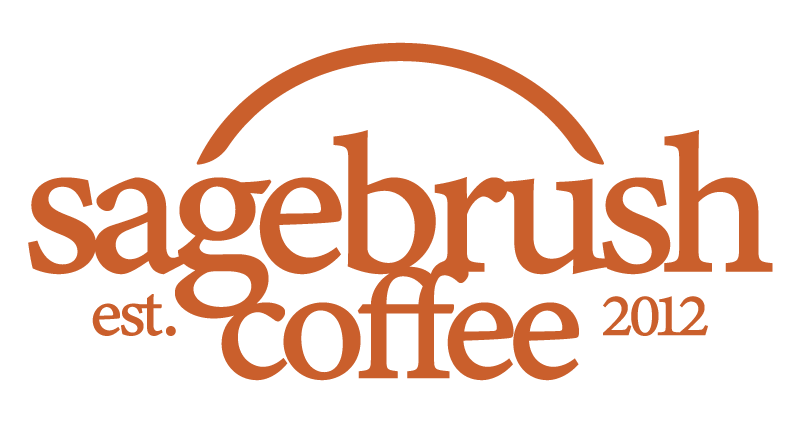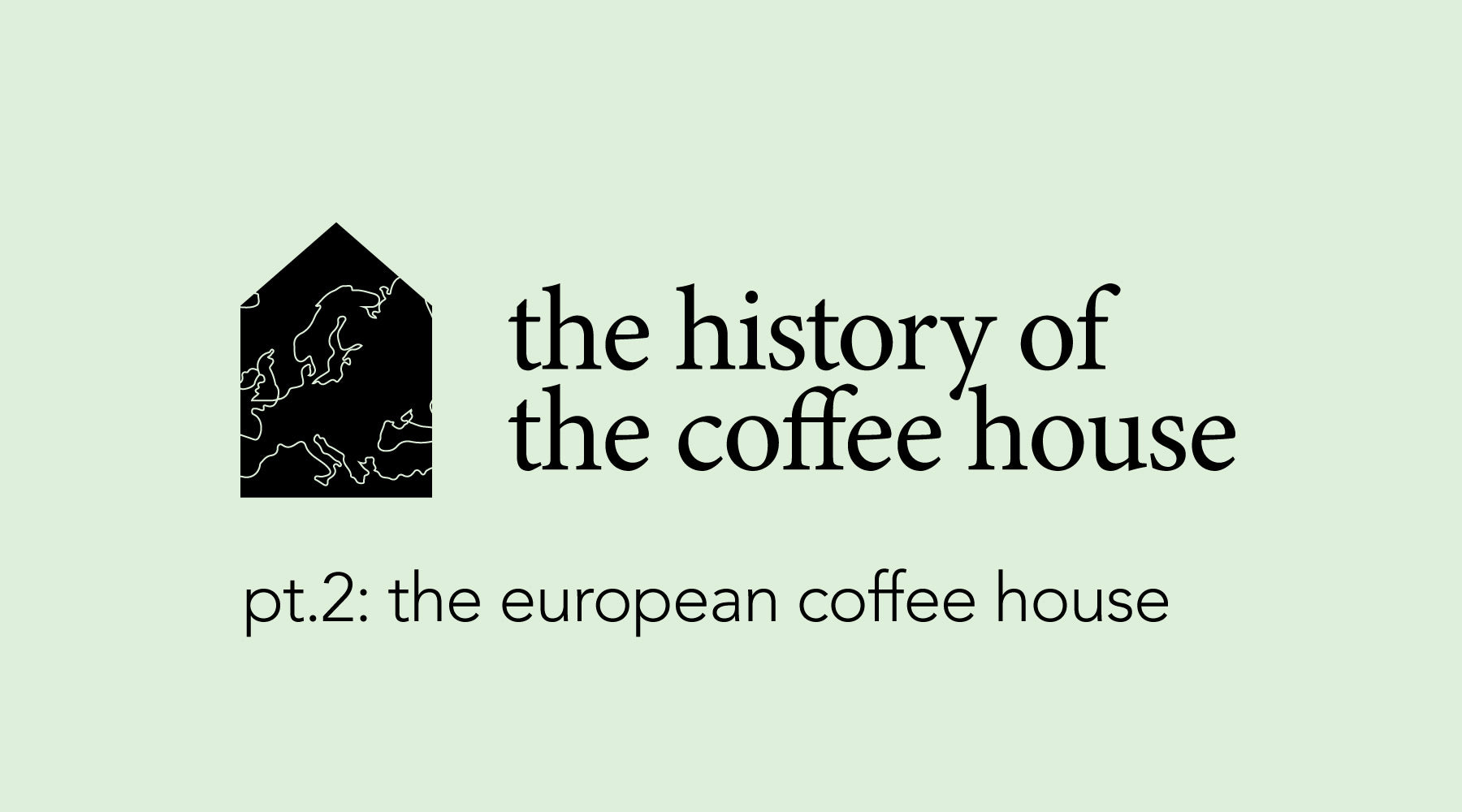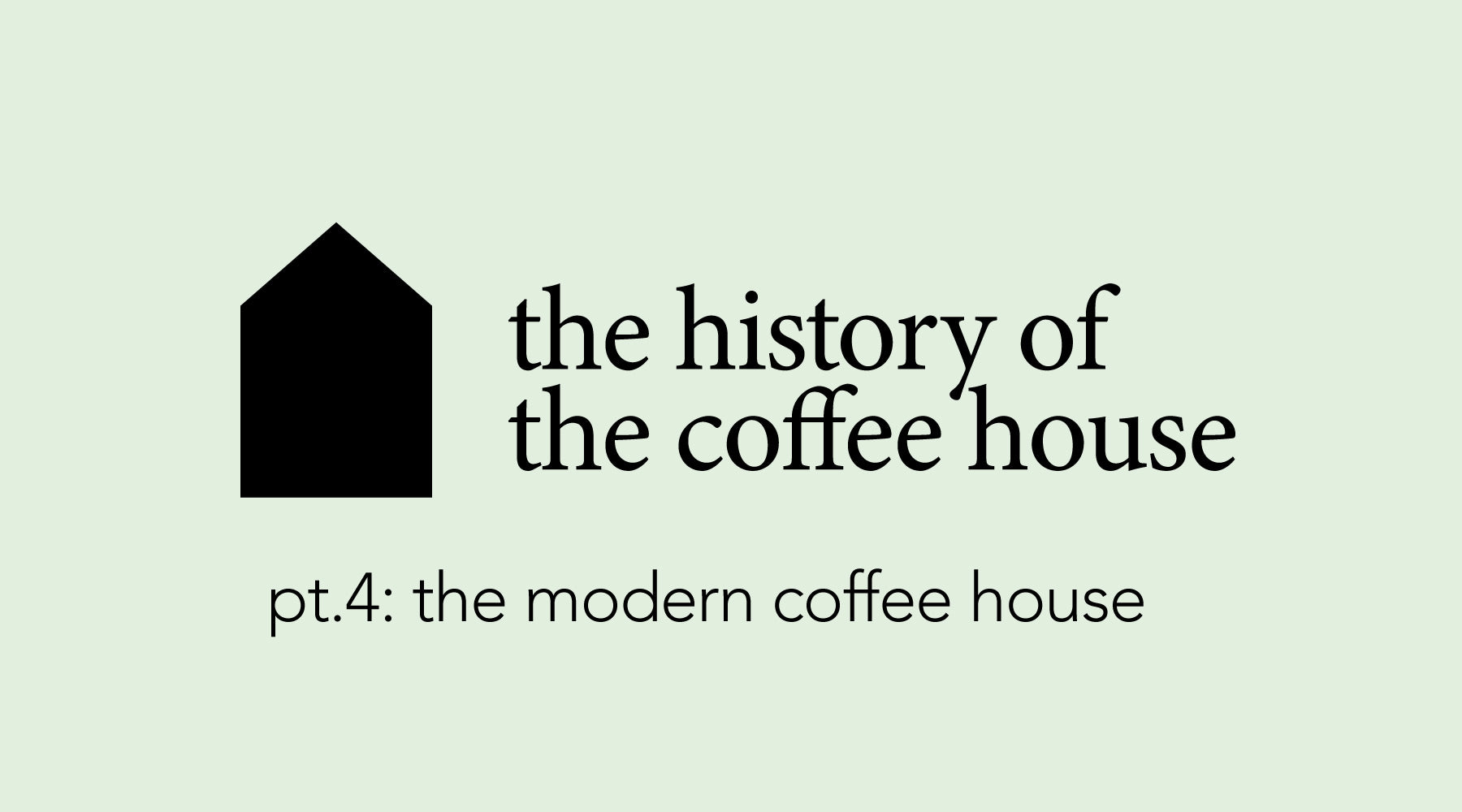History of the Coffeehouse Part 3 | The Evolution of the American Coffeehouse

Haven’t read part 2 of this series? Click here to catch up!
When Pilgrims arrived in what would become America, tea was the primary drink. There was so much British influence that coffee wouldn't gain momentum until much later. The first coffeehouse opened in Boston in 1676. People would continue to choose tea over coffee until the Boston Tea Party. It wasn't until after the Revolutionary war when people would begin to choose coffee over tea. The shift in momentum would not be evident until the end of the War of 1812. The quality of American tea was not very good, and while America began importing higher quality coffee from Latin America, people still settled for somewhat mediocre coffee. Coffeehouses would start to open, but their purpose was more for conducting business than for drinking coffee.
The Merchants' Coffeehouse
In around 1779, The Merchants' Coffeehouse would open but mainly functioned as an auction house and tavern and was brought to early America by the British. Owners tried to use the Merchant's Coffeehouse as a social hub for New York City but were unsuccessful.
The Tontine Coffeehouse
The Tontine Coffeehouse was established in 1793 at 82 Wall Street on the northwest corner of Water St. It's believed that several stockbrokers made a famous pact and agreed to trade stock directly with each other under a Buttonwood tree. This agreement formalized the trading of stocks and set the foundation for what would become the New York Stock Exchange. Since they needed to conduct business indoors, they established the Tontine Coffeehouse for that purpose. The Tontine Coffeehouse didn't have the best reputation. It was known for being a place where brawls may break out, and after its days as a coffeehouse, it became a tavern.
Even though tea was no longer the drink of choice in the early days, coffee was still an afterthought. What mattered was conducting business while maybe drinking a cup of coffee. It would take a long time before people made coffee their business that forever launched the coffee drinking and coffeehouse culture.
Fast-forward to the late 1950s, coffeehouses would provide entertainment and were places where performers could show their talent. Even though coffeehouses gained popularity, it wasn't until Alfred Peet, a Dutch American, began applying a dark roast style to high-quality beans that the culture would shift from merely social gatherings and performances to coffee for the enjoyment of coffee. He was sorely disappointed in the quality of coffee available and was committed to change the coffee experience. He opened up a small shop in Berkeley, California, and began to educate customers on specialty coffee's virtues from specific regions and roasting to maximize flavor. He was very reluctant to grow his business because he was committed to guarding the quality of the coffee roast he perfected. He had a few retail stores in the Oakland and Palo Alto California region and would also sell roasted to order pounds of coffee to Bay Area restaurants. In 1979, Peet sold his business and retired.
In 1967, a culture shift would begin with Seattle, Washington at its center. Irv Cisski established the Seattle University coffeehouse called Last Exit on Brooklyn, which launched Seattle as the hub for coffee culture. Soon after, Starbucks would open its first location in Seattle, adding fuel to the coffee revolution. But where did the founders of Starbucks get their knowledge of roasting coffee? Alfred Peet was their mentor and taught them everything they knew. Eventually, Peet would distance himself because the Starbucks founders would experiment with much darker roasts. I guess you can call Alfred Peet the Godfather of coffee roasting, tasting, and selling.
If it weren't for Alfred Peet's desire to elevate the quality of coffee, share his knowledge with others, and stay committed to a high standard for quality, the coffeehouse today would most likely look very different. Even our own Sagebrush Coffee may not be what it is today. Sagebrush, much like Alfred Peet, is committed to offering the best specialty coffee to every kind of customer, the home roaster, the roast to order customer, and now the espresso bar customer.
Read the next part of this series by clicking below!



